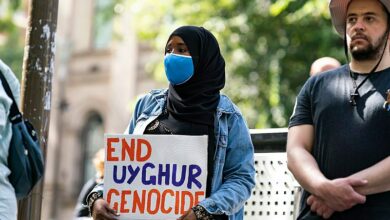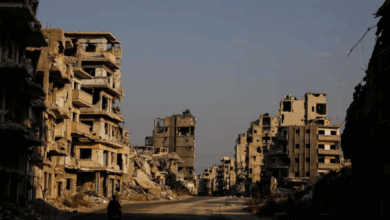South Asia Faces Humanitarian Crisis: 48 Million Children in Need

As South Asia grapples with escalating humanitarian challenges, UNICEF warns that 48 million children are projected to require urgent assistance in 2024, exacerbated by natural disasters, health emergencies, and ongoing conflicts. The region’s vulnerability is highlighted by the recent impacts of Cyclone Remal and monsoon floods, which have affected over 15 million children across multiple countries.
A recent UNICEF report published by reliefweb website reveals that, in the first half of 2024, South Asia has been besieged by a series of natural disasters, including severe flooding in Bangladesh and India, which has displaced millions and disrupted essential services. The monsoon season has intensified these challenges, with UNICEF reporting that approximately 19.8 million people, including 7.9 million children, are in dire need of humanitarian aid.
Countries like India and Nepal are actively responding to these crises, with UNICEF supporting recovery efforts from the Jajarkot earthquake and aiding families affected by Cyclone Remal. However, the ongoing humanitarian appeal for South Asia remains critically underfunded, with only 28% of the required US$37.6 million secured.
The situation is further complicated by public health emergencies, notably rising cases of dengue fever and waterborne diseases, as flooding increases health risks. UNICEF’s response includes providing essential health services, education support, and sanitation interventions to mitigate the impacts of these crises.
UNICEF emphasizes the need for increased funding and coordinated efforts to address the multifaceted challenges facing the region. As the monsoon season progresses, the organization is calling for urgent international support to ensure that children and their families receive the assistance they desperately need. The international organization warns that without immediate intervention, the humanitarian situation in South Asia could worsen, leaving millions of vulnerable children at risk.






